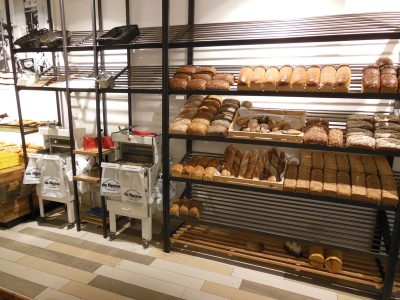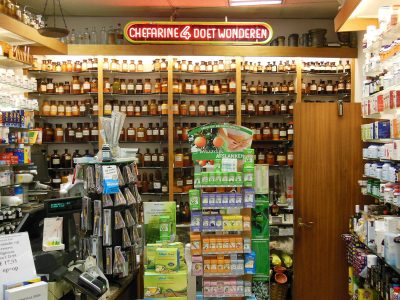Marvin Bolt, the Museum’s curator of science and technology, traveled to Europe last fall to research some of the world’s oldest telescopes. Read along to hear about his adventures and discoveries.

Research collaborators on the history of the telescope:
Michael Korey, Mathematisch-Physikalischer Salon, Dresden;
Marv Bolt, CMoG; Tiemen Cocquyt, Museum Boerhaave,
Leiden; Huib Zuidervaart, Researcher at the Huygens Institute.
The first research days took place at the storage facility at the Museum Boerhaave, the Dutch national history of science museum. It is housed in Leiden, home of the country’s oldest university, which dates to 1575. This wonderful museum includes materials from Snel (who first derived the law of refraction) and Christiaan Huygens (who designed and built the first pendulum clock, the first planetarium, and, more to the point, many of the best telescope lenses of the late 17th century). The storage facility houses 97% of the collection, including a dozen or so microscopes that are on loan to us and now on view in the exhibition Revealing the Invisible: The History of Glass and the Microscope.
Much of the day involved a comparative equipment check with Tiemen Cocquyt, who has been building an interferometer over the past decade. Because we are doing complementary research, we will continue to build equipment that will provide consistent and comparable data. Discussing further improvements, and checking them out in the lab, took much of both days, and will enable data compatibility for further research. Given the numerous places we will visit, we’re also still finalizing arrangements around the continent.
Tiemen’s do-it-yourself approach reflects an attitude that finds expression even in the local stores. The local bakery slices bread on the spot, using a slicer that anyone walking into the store could access and use to injure themselves. Only they don’t.
Even the drugstore next door features an array of glass bottles with chemicals that can be prepared to produce concoctions on the spot rather than offering just ready-made products.


